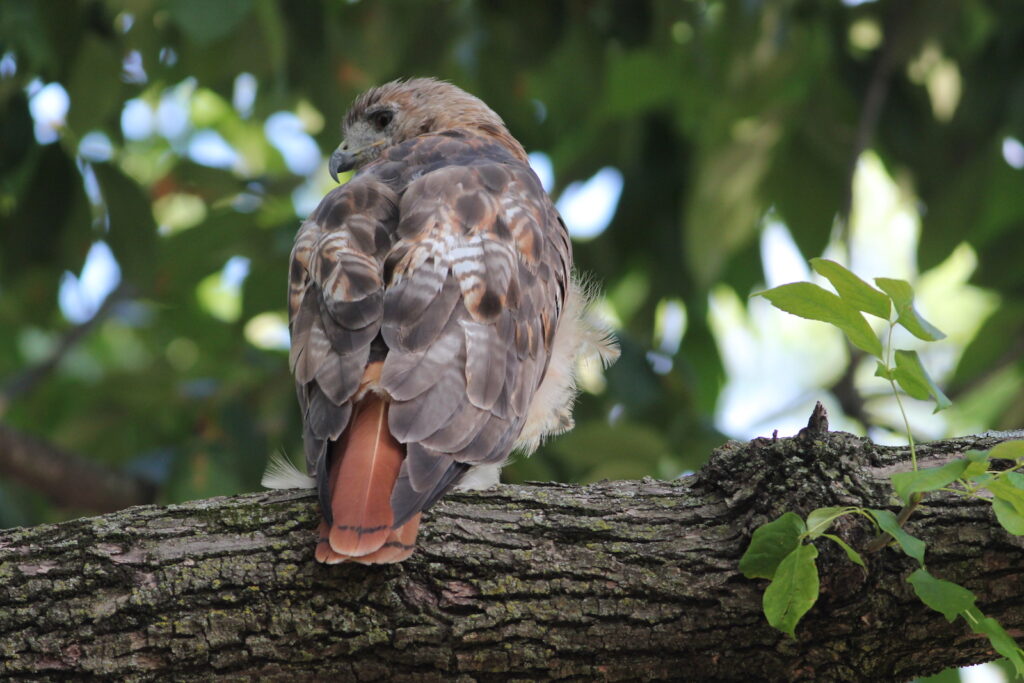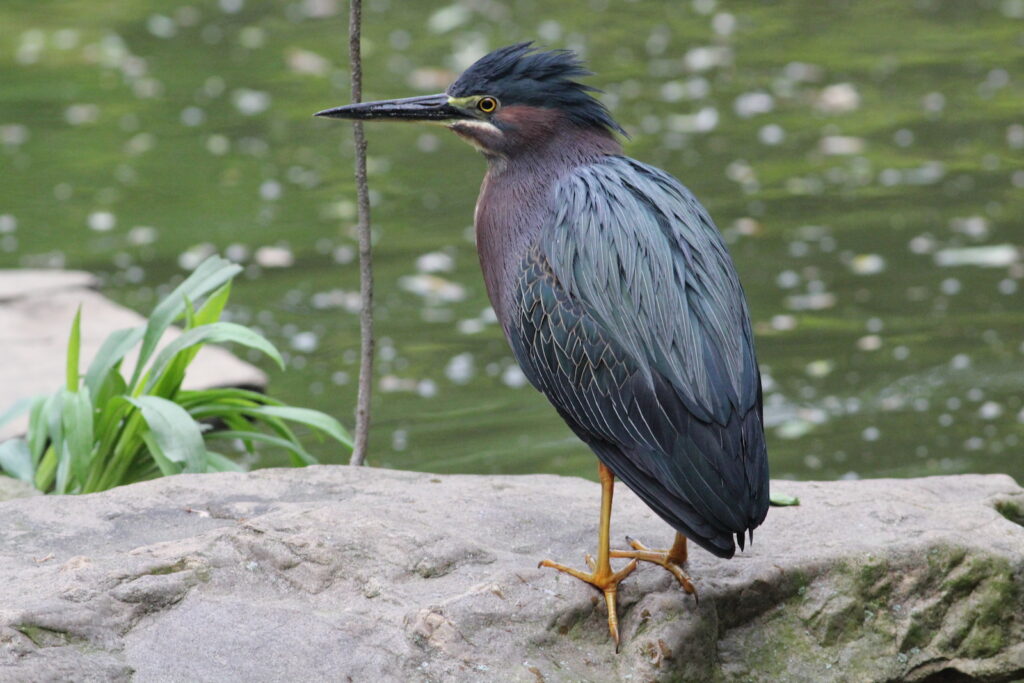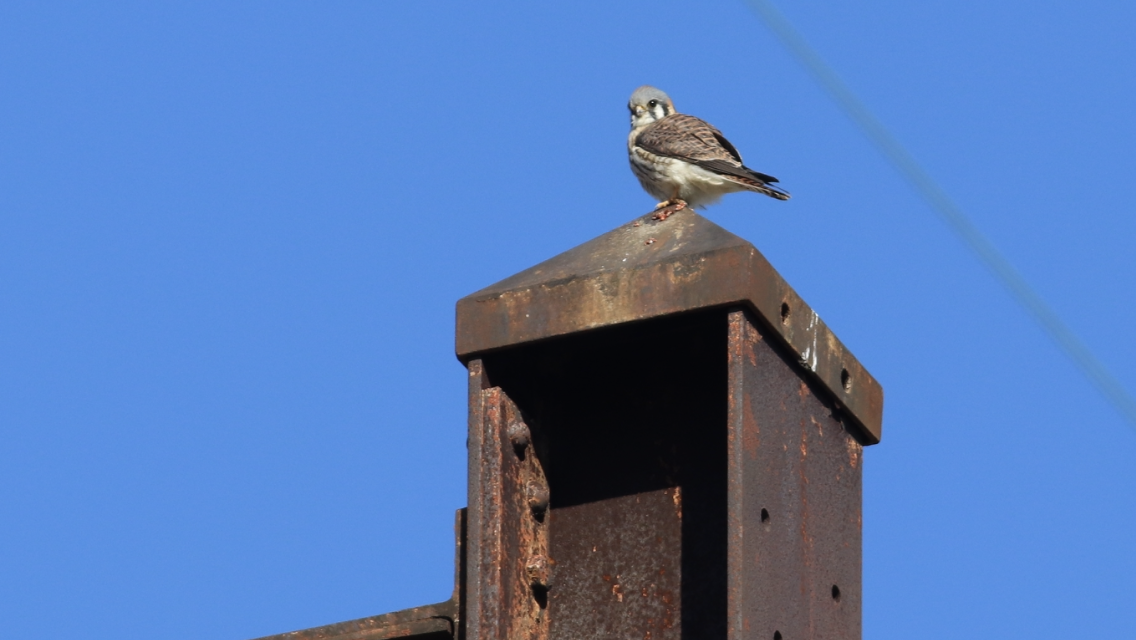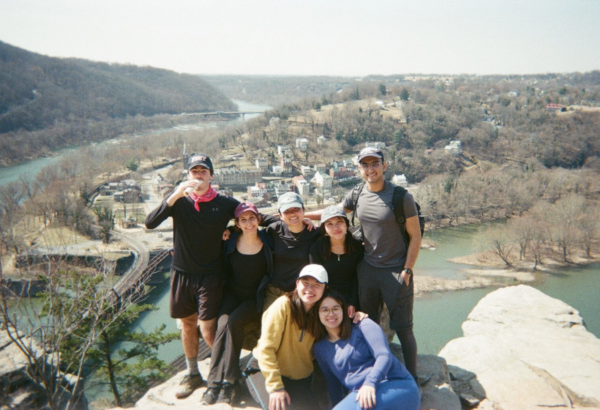A bird does not sing because it has an answer, it sings because it has a song. ~Maya Angelou
The Presence of Birds as an Answer
Birds by their very presence, often first perceived when we hear their song, remind us that we are outside among living things. Chloe Cerwinka, landscape planner in the Office of the University Architect in the Division of Facilities and Real Estate Services, launched a research project in 2018-2019 to study bird life on Penn’s campus. According to Cerwinka, “…one can look to the presence of birds to better understand the health of a habitat.”[1] Observing bird life and hearing their songs can indicate whether we are living in an environment that can support life. Understanding the presence of birds as a litmus test of ecological health is especially important in an urban environment. Cerwinka’s study notes that “though cities only cover 3% of the earth’s land mass, over 50% of humans and 20% of bird species live in cities.”[2] Birds, by their very existence provide answers to the health of the ecosystem of our Penn home.
In her official capacity at Penn as a landscape planner, Cerwinka knows first-hand that Penn’s campus is also an urban arboretum with over 6,200 trees. She was delighted to discover through her research 84 distinct species of birds actively present at Penn. She thinks of red-tailed hawks “as a gateway bird” as they are easily recognizable and “invite you into nature.”[3] Her study also provided in-depth looks at three other campus birds, American kestrels, common yellow throats and chimney swifts.[4]

How deeply encouraging as we deal with so much uncertainty and pandemic related stress that our campus home is filled with life: trees and birds and their songs. Some of this protection of our urban ecology is intentional. In 2009, Penn became the first Ivy League school to join the American Colleges and University President’s Climate Commitment and have launched three different iterations of climate action and sustainability plans since.[5] Some is the gift of nature, making the spaces where we study and live and work, alive with life.
Connections between Listening, Nature, and Health
Time in nature increases our health. This is one of the main ideas behind the Nature Rx Program at Penn. Jennifer Pinto-Martin, faculty member in the School of Nursing and executive director of the Center for Public Health Initiatives, said in a recent Penn Today article, “we have science that shows that being in open space and nature reduces cortisol levels and slows your breathing down.”[6] Being outside, listening to the birds and feeling the breeze relaxes us in cognitive and precognitive ways.
Listening to nature is also a way to protect and maintain the health of ecosystems, especially those that are endangered. Recently, researchers at Yale discovered how bioacoustics, a new important tool for the study of living things, records species in their natural environment. Scientists are finding this can provide a more reliable record of life than say video recordings, providing important data before species may be lost.[7]

An Answer and a Song
We are waiting for many kinds of answers right now. When will the pandemic end? What will life look like on the other side? I’ve noticed that many times with problems or questions I find myself looking for a single and direct answer.
A song is a different kind of response. A song invokes imagination, beauty, and connection. It is also a gift that birds are distinctly able to give. It is their particular contribution of beauty and connection to their ecosystem. They make me wonder what it would look like to change our posture from one that expects immediate answers to one that is able to listen for songs as we wait. As Maya Angelou also says ,“Everything in the universe has a rhythm, everything dances.” Birds are part of this rhythm as song givers and I am grateful for them.
Footnotes
[1] Cerwinka, Chloe, https://repository.upenn.edu/mes_capstones/83/ pg 3
[2] Cerwinka, Chloe, https://repository.upenn.edu/mes_capstones/83/ pg 3
[5] Cerwinka Chloe, https://repository.upenn.edu/mes_capstones/83/ pg 4
[6] https://penntoday.upenn.edu/news/nature-refuge-unsettling-times
[7] https://e360.yale.edu/features/listening-to-nature-the-emerging-field-of-bioacoustics




